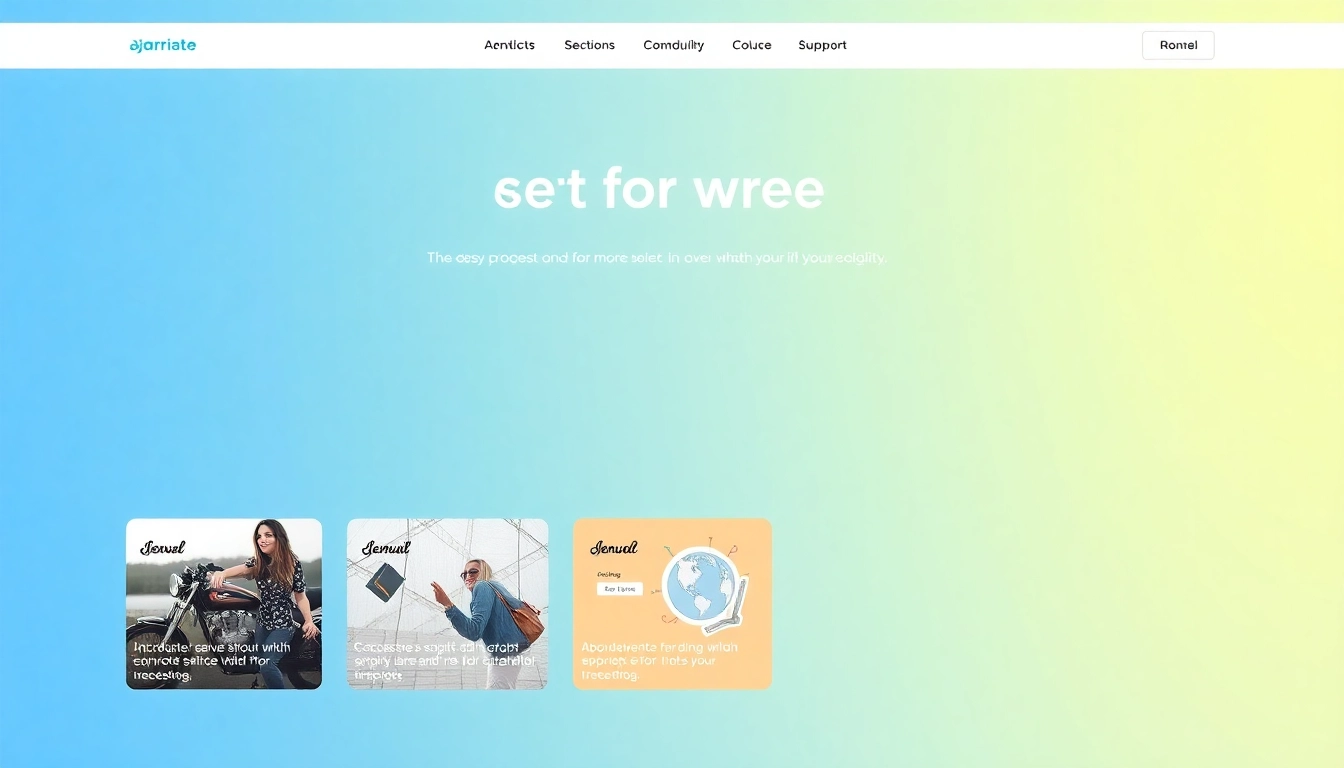Comprehensive Guide to Accessing More Information Effectively Across Platforms

Understanding the Importance of More Information
In an era dominated by the rapid flow of information and the increasing complexity of technology, understanding how to access and utilize more information has never been more crucial. The need for detailed and accurate information touches virtually every aspect of modern life, from personal decision-making to professional endeavors. Effective communication of information not only empowers users but also influences decision-making processes and fosters informed communities. In this article, we will delve into the significance of more information, best practices for its dissemination, the consequences of technology in information accessibility, and future trends that will shape how we interact with information.
Defining Information in Today’s Context
Information, by its fundamental definition, refers to data that is processed in a particular context to convey meaning. In today’s world, where digital technology pervades every facet of our lives, the nature of information is continuously evolving. For instance, information can come from a variety of sources, including articles, social media, and academic journals, spanning numerous formats such as text, images, videos, and graphs. The digital landscape is saturated with content, making it imperative for individuals to discern credible sources from unreliable ones.
Why More Information Matters to Users
The demand for more information stems from a desire to make better-informed decisions. In a high-stakes environment, where small missteps can lead to significant consequences, having access to comprehensive information is essential. Consider, for example, a consumer choosing between two products: access to detailed reviews, comparisons, and expert opinions can significantly influence their purchasing decision. Furthermore, organizations that share more information build trust and credibility with their audiences, which is paramount in maintaining customer loyalty in competitive markets.
Challenges in Accessing Detailed Information
Despite the abundance of information available, users often face challenges in accessing detailed and reliable content. Information overload can lead to confusion and decision fatigue, where an excess of data overwhelms the user rather than aids them. Furthermore, digital literacy varies among users, resulting in unequal access to and understanding of information. Navigational issues on platforms and the prevalence of misinformation further complicate the information landscape. Thus, simplifying access to and understanding of information becomes vital.
Best Practices for Sharing More Information
To ensure that more information reaches users effectively, organizations must adopt best practices in content creation and sharing. This section outlines strategies for enhancing the accessibility and engagement of information dissemination.
Creating Engaging Content for Better Understanding
Engagement starts with the content itself. Presenting information in an engaging manner can significantly affect retention and understanding. For instance, incorporating storytelling elements can make data relatable and memorable. Furthermore, structuring content with clear headings, bullet points, and highlights helps users navigate complex information efficiently. More Information about structuring effective content can be found through various resources dedicated to content marketing strategies.
Utilizing Visuals to Enhance Information Delivery
Visuals are a powerful tool in enhancing the delivery of information. Infographics, diagrams, and videos can present complex data succinctly and are often more digestible for users. Research indicates that visuals can improve learning and retention by up to 65%. Importantly, tailoring visuals to the target audience by considering their preferences and needs can significantly enhance communication effectiveness.
Organizing Information for Easy Access
The organization of information plays a critical role in user experience. Implementing clear navigation structures and categorizing information into relevant segments can help users find what they need more efficiently. Utilizing search engine optimization (SEO) techniques to enhance the discoverability of content can further facilitate access. Meta descriptions, alt text for images, and well-structured URLs contribute to the overall organization of digital information, making it more accessible to users.
Leveraging Technologies for More Information
The integration of technology in information dissemination has revolutionized how users access and interact with content. By understanding and leveraging these technologies, organizations can enhance their communication strategies significantly.
SEO Techniques to Increase Visibility
Search engine optimization (SEO) is essential for increasing the visibility of information. Implementing keyword strategies, optimizing page load times, and ensuring mobile-friendliness are among the best practices that enhance the overall user experience and lead to higher search rankings. Regularly updating content to include fresh information also signals to search engines that your content remains relevant, which is vital in attracting and retaining an audience.
Using AI Tools to Expand Information Availability
Artificial intelligence (AI) tools can automate the processing and presentation of information, making it quicker and easier for organizations to provide valuable content. AI algorithms can analyze user behavior and preferences, allowing for personalized content recommendations that cater to individual needs. Chatbots and virtual assistants can also provide instant support, answering user queries in real-time and enhancing overall user engagement.
Integrating User-Generated Content for Trust
Encouraging user-generated content (UGC) can foster trust and authenticity. Consumer reviews, testimonials, and social media comments can provide prospective users with perspectives that resonate more than polished marketing messages. Brands that leverage UGC not only enhance community feeling but also gain insights into consumer preferences, leading to improved products and services.
Evaluating the Effectiveness of Information Delivery
To measure the efficacy of information sharing, organizations must employ various evaluation techniques. Understanding how well audiences engage with content is paramount for continuous improvement.
Analytics Tools to Measure Engagement
Using analytics tools to assess user interactions is a fundamental practice for evaluating content effectiveness. Metrics such as page views, bounce rates, average time on page, and user flow can provide insights into how information is received. Google Analytics and similar platforms can help organizations understand which sections of their content resonate with users and which may require enhancement.
User Feedback: Gathering Insights for Improvement
User feedback is invaluable in assessing information delivery. Surveys, comment sections, and focus groups allow organizations to gather insights directly from users, helping to identify their pain points, preferences, and suggestions for improvement. Actively soliciting feedback demonstrates a commitment to serving the audience better and can result in more tailored content in the future.
Benchmarking Against Competitors
Finally, comparing the effectiveness of information delivery against competitors can provide a benchmark for performance. Understanding competitors’ strengths and weaknesses helps organizations identify gaps in their approach and discover new opportunities for content enhancement. Tools like SEMrush and Ahrefs can provide valuable insights into competitors’ SEO strategies, enabling organizations to refine their methods accordingly.
Future Trends in Information Accessibility
The landscape of information accessibility will continue to evolve, influenced by technological advancements and changing consumer behaviors. This section discusses future trends that are likely to reshape how we interact with information.
The Role of AI in Streamlining Information
As AI technology continues to progress, its role in information accessibility will expand. Leveraging machine learning algorithms and natural language processing can help organizations curate content that meets the evolving needs of users. AI chatbots will likely become more sophisticated, providing users with more precise answers and content tailored to their inquiries.
Impact of Mobile Technology on Information Access
The increasing reliance on mobile technology will further transform information access. As more users turn to their smartphones for information, organizations must prioritize mobile-friendly content formats. Simple navigation designs, quick-load times, and mobile optimization will become essential in serving users effectively. Moreover, the proliferation of mobile apps dedicated to information access will likely increase, making accessing content effortless.
Predictions for Information Consumption in 5 Years
Looking ahead, information consumption will likely become even more integrated with user behaviors. Personalization will be key, with algorithms dictating what information is surfaced based on user preferences and past interactions. Data privacy concerns will also become increasingly prevalent, necessitating transparency and trust-building measures in how organizations handle information. The demand for concise and digestible content like micro-videos and instant articles will grow, appealing to users’ decreasing attention spans in a busy digital environment.





